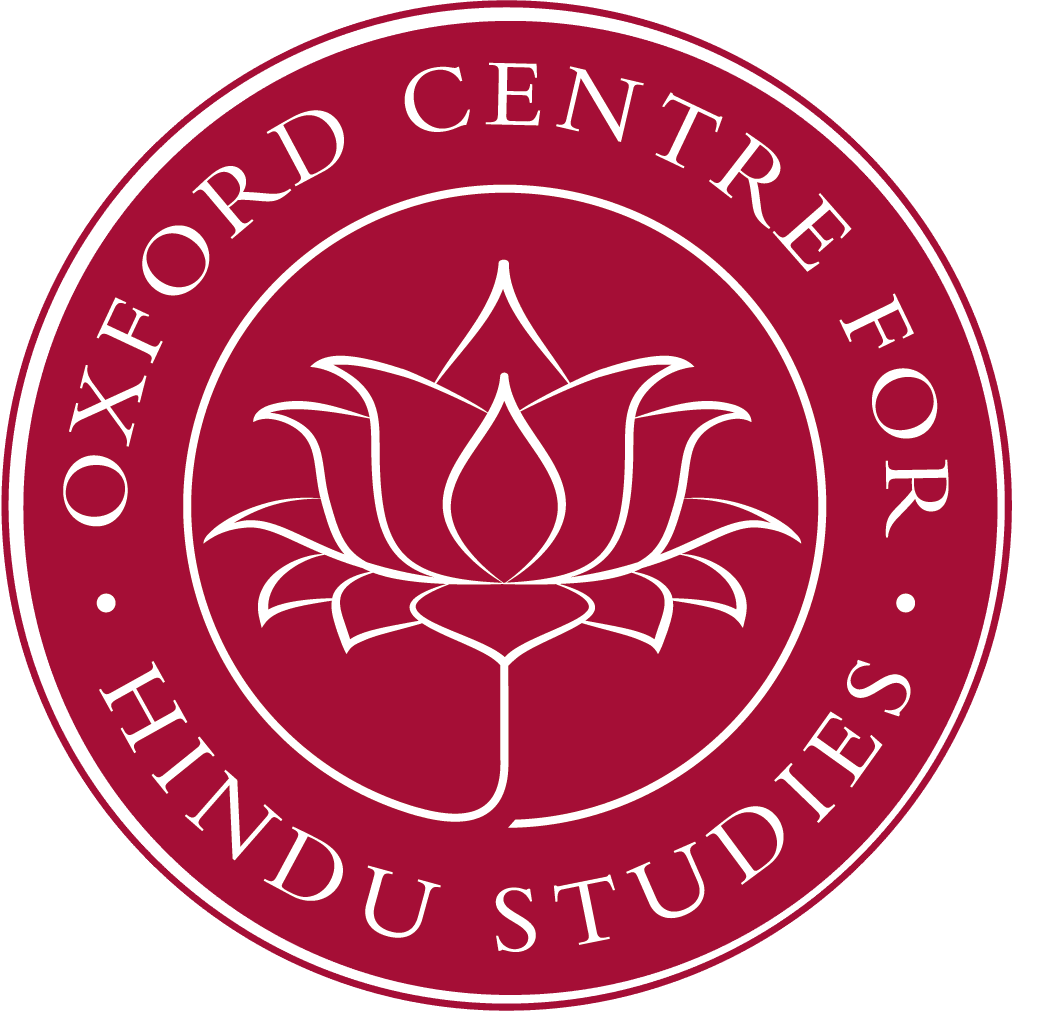Religious Practice in Comparative Perspective Series
The routine activity of the ‘hours of prayer’ forms a major part of the daily life of the different Christian religious orders. This talk will consider what function this prayer plays in the life and goals of religious communities.
Dr Martin Ganeri O.P. is Vice Regent of Blackfriars Hall, University of Oxford and Director of the Centre for Christianity and Interreligious Dialogue at Heythrop College, University of London. His recent and forthcoming publications include, ‘Theology and Non-Western Philosophy’ in O. Crisp, G. D’Costa, M. Davies and P. Hampson (eds) Theology And Philosophy: Faith and Reason, London: T&T Clarke, 2012 and ‘Selfhood, Agency and Freewill in Rāmānuja’ in E.F. Bryant (ed.) Free Will, Agency, and Selfhood in Indian Philosophy, New York: Oxford University Press, 2014.
